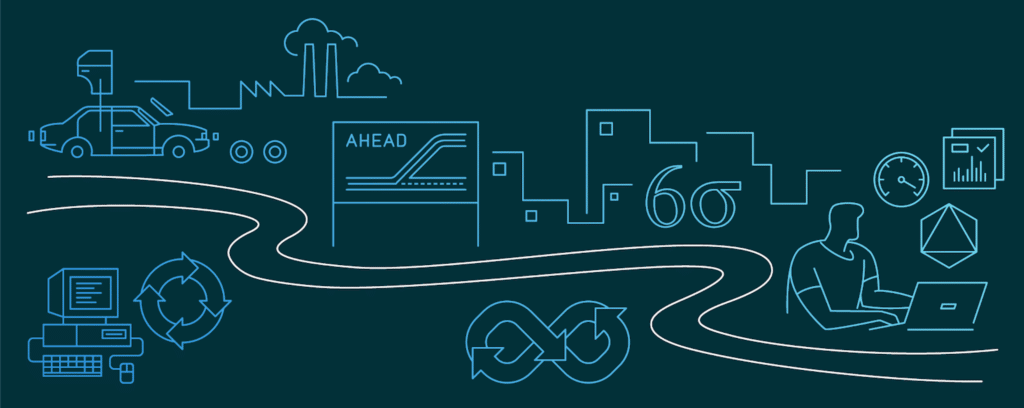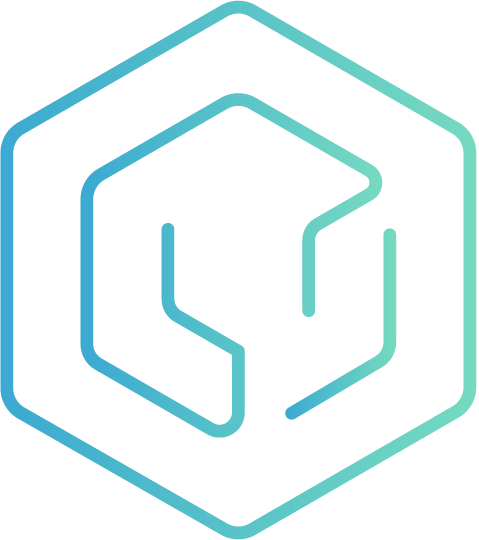
For decades, the success formula for many (if not all) breakthrough business and technology productivity methodologies has been “Productivity = Speed * Efficiency”, where “efficiency” in this case refers to the ability to maintain or even improve quality as process and workflow execution speed up. Some of the major methodologies adhering to this formula over the last few decades include:
1970s: JIT Manufacturing
Just-in-Time (JIT) Manufacturing refers to the production of goods to meet customer demand exactly, in time, quality, and quantity, whether the ‘customer’ is the final purchaser of the product or another process further along the production line. A Japanese management philosophy that has been applied in practice since the early 1970s, JIT Manufacturing was first developed and perfected within Toyota manufacturing plants as a more efficient means of meeting consumer demands for quality products with minimum delays. JIT Manufacturing is here to stay.
1980s: Business Process Reengineering (BPR)
Popular in the 1980s, BPR was a movement to reimagine business processes driven by an array of new enabling technologies. Today we call this “digital transformation”. Then and now, successful corporate BPR/digital transformation initiatives increase the speed and quality of process execution by automating slow and mistake-prone manual tasks, thereby delivering services more efficiently and in a repeatable manner. Digital transformation is here to stay.
1990s: Change Management
During the 1990s, change management landed on the radar, with concepts and language that began to take hold in mainstream management. Geopolitical forces, economic development, new value systems focused on empowerment, and shifting employee-employer relationships set the stage for an increased recognition of the importance of employees’ ability to change. The ability to transition resources to a new way of business rapidly and efficiently has become a matter of competitive survival. Change management is here to stay.
2000s: Lean Six Sigma
The combination of Lean and Six Sigma methodologies, starting in the early 2000s, resulted in the most successful and complete continuous process improvement methodology. Lean practices focus on speeding up workflows by eliminating wasteful steps, while Six Sigma provides a set of quality control tools to provide a statistical level of quality, based on a defect rate referred to as “Six Sigma”. Lean Six Sigma is here to stay.
2010s: Agile and DevOps
The Agile method, which was first introduced in the 2000s, became ubiquitous in the last decade. The Agile revolution changed the traditional linear software development process, called Waterfall, from a model in which each phase of development had to be completed before the next could start, to a fundamentally iterative approach. The newer, more efficient approach of iterating through an entire development lifecycle on a smaller chunk of code has proven in most cases to increase quality, since quality checks are made earlier and more often rather than at the end of the process. It also results in speeding up the delivery of the final product, since the root cause of any problems can be determined more quickly, and problems are not compounded by deferring the detection and resolution processes to the end of the cycle. DevOps leverages the same principles of iterative software delivery, as reflected in the emergence and rapid adoption of Continuous Integration and Continuous Delivery (CI/CD) technologies. Agile and DevOps are here to stay.
2020+: Developer Productivity Engineering
Championed by Gradle Inc., Developer Productivity Engineering (DPE) is an approach to increasing software development team productivity that focuses on automation technologies and tools, rather than management metrics and best practices. Specifically, this new software development discipline uses acceleration technologies to speed up the software build and test process, and data analytics to make troubleshooting and software quality assurance more efficient. The aim is to achieve faster feedback cycles, more reliable and actionable data, and a highly satisfying developer experience. And, as DPE dovetails with iterative Agile approaches, it yields faster feedback cycles as well. DPE is here to stay.
Conclusion
Today, many of the most prestigious software development teams within the most valuable technology and global business brands are investing in Developer Productivity Engineering to cut build times in half and give developers back one day per week or more in lost productivity time.
Is DPE emerging as the next big thing in software? Well, it’s certainly off to a good start. And the fact that it shares the same DNA as all other tried and true productivity management methodologies—proven step-function increases in process speed and efficiency—bodes well for its chances of becoming this decade’s “big thing” in software.

 DPE University
DPE University